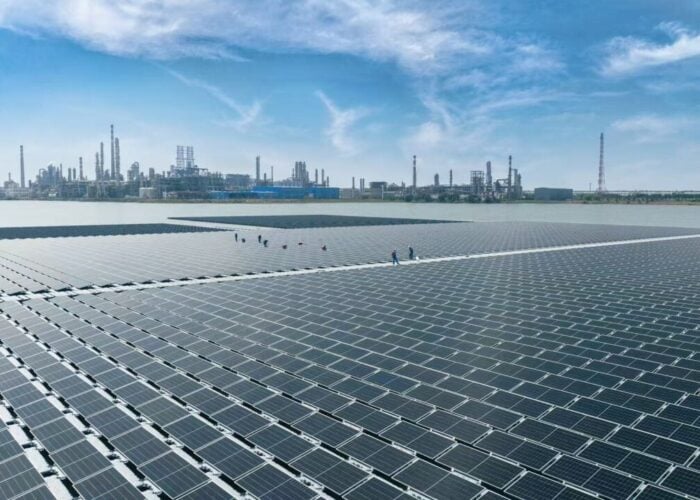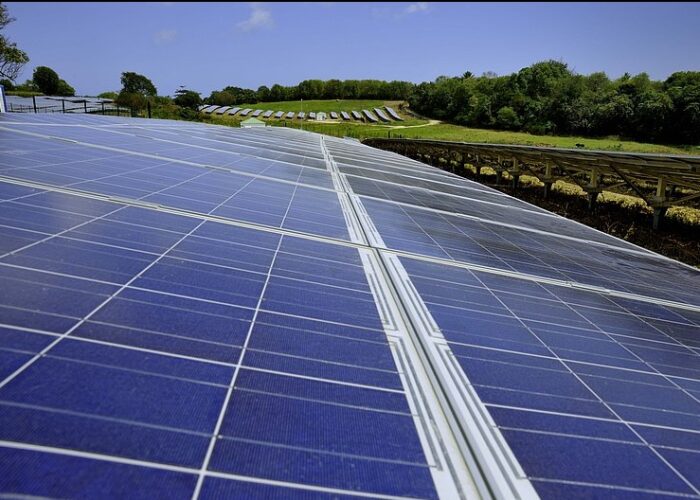India’s Ministry of New and Renewable Energy (MNRE) has released a year-by-year breakdown of its 100GW solar by 2022 target.
Power minister Piyush Goyal said that INR6 trillion (US$92 billion) investment would be required to reach the 100GW target.
Unlock unlimited access for 12 whole months of distinctive global analysis
Photovoltaics International is now included.
- Regular insight and analysis of the industry’s biggest developments
- In-depth interviews with the industry’s leading figures
- Unlimited digital access to the PV Tech Power journal catalogue
- Unlimited digital access to the Photovoltaics International journal catalogue
- Access to more than 1,000 technical papers
- Discounts on Solar Media’s portfolio of events, in-person and virtual
As of 30 June 2015, the cumulative installed grid-connected solar capacity in India is 4,062MW.
The annual targets are as follows:
|
Year |
Rooftop | Ground-mount | Total |
|---|---|---|---|
| 2015/16 | 200 | 1,800 | 2,000 |
| 2016/17 | 4,800 | 7,200 | 12,000 |
| 2017/18 | 5,000 | 10,000 | 15,000 |
| 2018/19 | 6,000 | 10,000 | 16,000 |
| 2019/20 | 7,000 | 10,000 | 17,000 |
| 2020/21 | 8,000 | 9,500 | 17,500 |
| 2021/22 | 9,000 | 8,500 | 17,500 |
| Total | 40,000 | 57,000 | 97,000 |
Jasmeet Khurana, senior consulting manager at analyst firm Bridge to India, told PV Tech that the ramp up from 200MW of rooftop in 2015/16 to 4,800MW in 2016/17 is “improbable”.
He added: “A more linear growth trajectory for year-on-year capacity addition may make more sense than an immediate ramp up as it can help reduce government’s expenditure, create a more sustainable ecosystem and help avoid any boom and bust scenarios.
“An immediate ramp up, on the other hand, allows the government to exit early and let the market take over. The question is: if India has to achieve the 100GW target, can the government exit early? If it does, will the market be able to sustain a capacity addition of 16-17GW in a year?”
Khurana added that Bridge to India forecast 50-60GW solar deployment by 2022.
A recent report form the Institute for Energy Economics and Financial Analysis (IEEFA), a Cleveland-based researcher, and Indian energy analysis firm, Equitorials, found that India is capable of a sharp ramp up of solar deployment on a level with China's solar spike in recent years.






